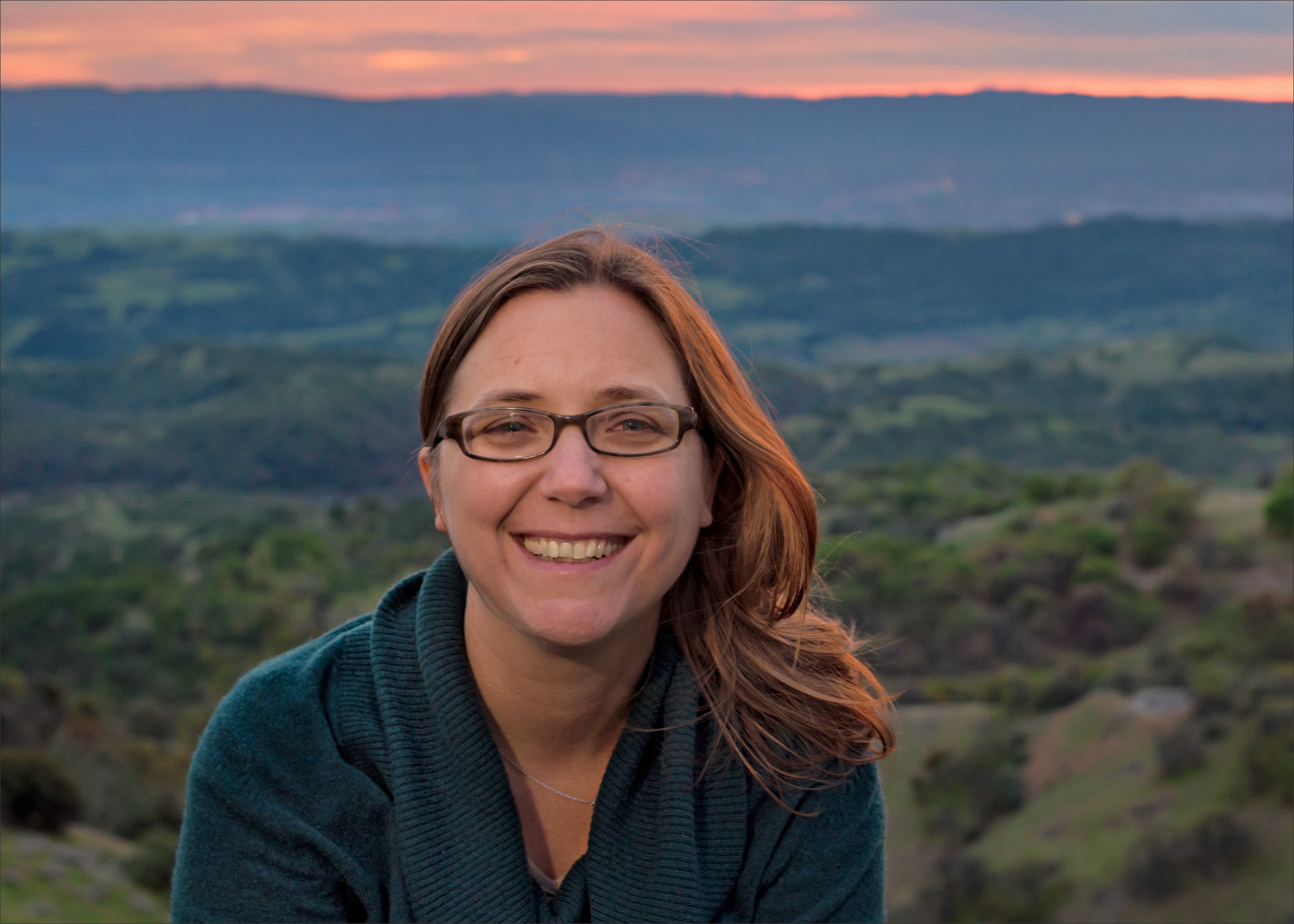Physics 9 - Solar Systems
Spring 2021
Professor
Astronomy & Astrophysics, Physics
University of California, San Diego

Publications: ADS orcid id
Curricula Vitae: CV
The Optical & Infrared Laboratory focuses on developing facility-class instrumentation for large ground-based telescopes and developing new, innovative techniques for astronomical instrumentation. We are currently engaging in development in Liger, the next-gen adaptive optics fed Keck Observatory instrument; Thirty Meter Telescope instrumentation (IRIS and MODHIS); and near-infrared and optical SETI instrumentation. Shelley Wright is the Principal Investigator of Liger, Project Scientist of IRIS/TMT, and Principal Investigator of Panoramic SETI ("PANOSETI") and NIROSETI.
My current research focuses on answering how galaxies and supermassive black holes form and evolve over cosmic time. In particular, we use integral field spectrographs with adaptive optics to identify and analyze the dynamics and chemical abundances of galaxies in the early universe, and properties of supermassive black holes. This technique provides a unique ability to probe the 3D spatial extent of high-redshift (z > 1, look back time greater than 7.5 Gyr) galaxies and active galactic nuclei at sub-arcsecond (sub-kiloparsec) scales.We are leading a Keck program to resolve Quasar host galaxies to study their star formation properties, nebular excitation mechanisms, dynamical properties, and their environments.
I work on a variety of other projects, including the imaging of gravitationally-lensed distant galaxies, exploration of nearby galaxies, understanding star formation, investigating the black hole-bulge (or M-sigma) relationship, and studies surrounding astrophysical transients and technosignatures.
Our team focuses on developing optical and near-infrared SETI (Search for Extraterrestrial Intelligence) instrument and experiments. We recently commisioned a new near-infrared SETI instrument (NIROSETI) at the Nickel telescope (1m) at Lick Observatory. The premise of this instrument is to search for ETI signals which would use strong pulsed near-infrared laser signals at nanosecond intervals that can be distinguished from astrophysical sources. This is the first near-infrared SETI search every conducted, and we are currently designing new methods and instrumentation for future searches. We are also developing the first dedicated optical and near-infrared SETI observatoryi (PANOSETI) that will be capable of searching for transient signals from nanosecond to second timescales over the instantaneous observable sky (1,000's of sq. degrees).
Spring 2021
Fall 2015, Fall 2016, Fall 2017, Spring 2022, Spring 2023
Winter 2020, Fall 2020, Fall 2021
(Developed) Spring 2015, Winter 2016, Winter 2017, Fall 2018, Winter 2018, Winter 2019, and Fall 2019
(Developed) Spring 2019, Winter 2023
University of California, San Diego
Astronomy & Astrophysics
9500 Gilman Drive
La Jolla, CA 92093-0424
Tel: 858-534-3316
Fax: 858-534-0177
Office: SERF building, Rm. 414
Optical & Infrared Lab: SERF building, Rm. 463
s2wright_@_ucsd.edu